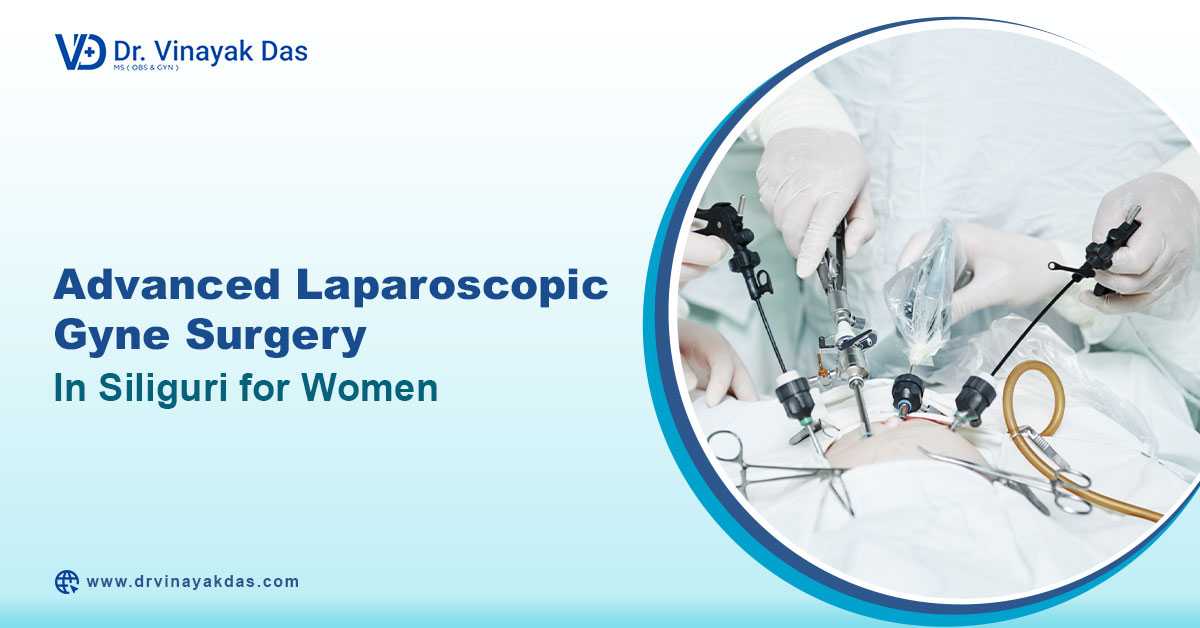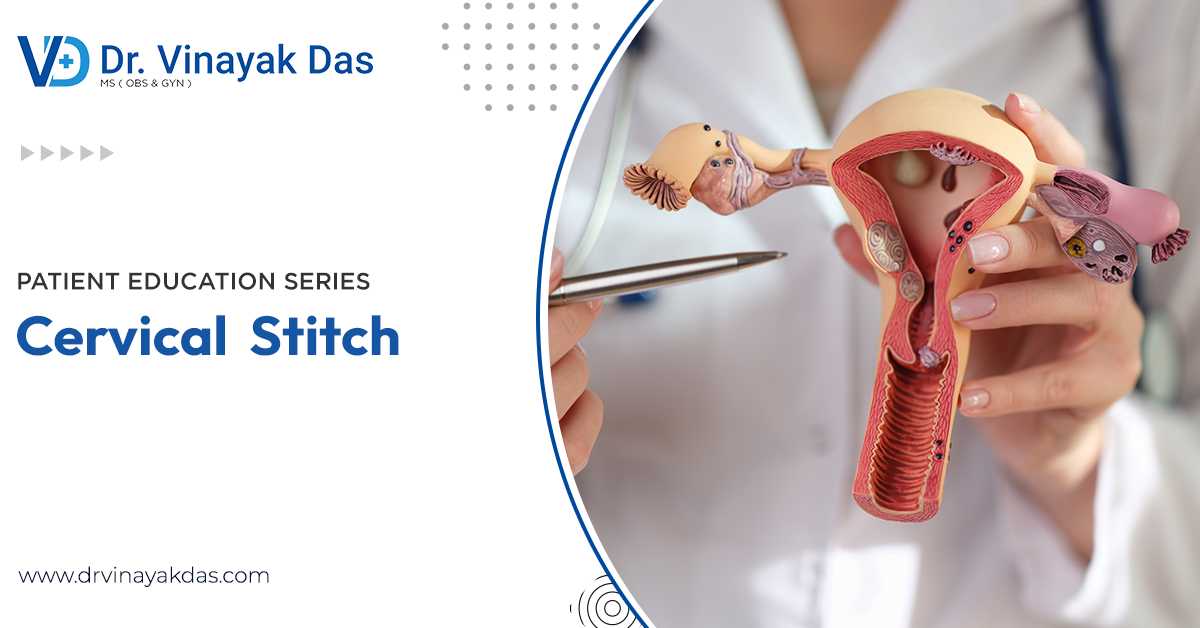About this information
This information is for you if you want to know about having a cervical stitch, which is also called cervical cerclage.You may also find it helpful if you are a partner, relative or friend of someone who is in this situation.
The information here aims to help you better understand your health and your options for treatment and care.Your healthcare team is there to support you in making decisions that are right for you.They can help by discussing your situation with you and answering your questions.
Key points
- You may be offered a cervical stitch if you are at risk of giving birth early.
- A cervical stitch may help to keep your cervix closed and may reduce the risk of you having a late miscarriage or a preterm birth.
- A cervical stitch is usually put in between 12 and 24 weeks of pregnancy and then
- removed at 36-37 weeks, unless you go into labour before this.
What is a cervical stitch?
A cervical stitch is an operation where a stitch is placed around your cervix (the neck of your womb) like a purse string, in order to try to keep it closed. It is usually done between 12 and 24 weeks of pregnancy, as a planned procedure, although it may be done at later stages in pregnancy and occasionally before pregnancy.
A cervical stitch is more commonly put in vaginally (transvaginal) and less commonly by an abdominal route (transabdominal).Your healthcare professional will discuss the different types of stitch and which
Why is it done?
Babies born early (before 37 completed weeks of pregnancy) have an increased risk of short- and long-term health problems and may not survive.
There are many reasons why you may give birth early. One possible cause is because your cervix shortens and opens too soon. A cervical stitch may help to prevent this by keeping your cervix closed.
You should be referred to a specialist early in your pregnancy to discuss a plan of care for you if:
- you have had a previous miscarriage after 16 weeks of pregnancy
- you have had a previous birth before 34 weeks of pregnancy
- your waters broke before 34 weeks in a previous pregnancy.
- you have had certain types of treatment to your cervix (for example, LLETZ or cone biopsy for treatment of an abnormal smear)




